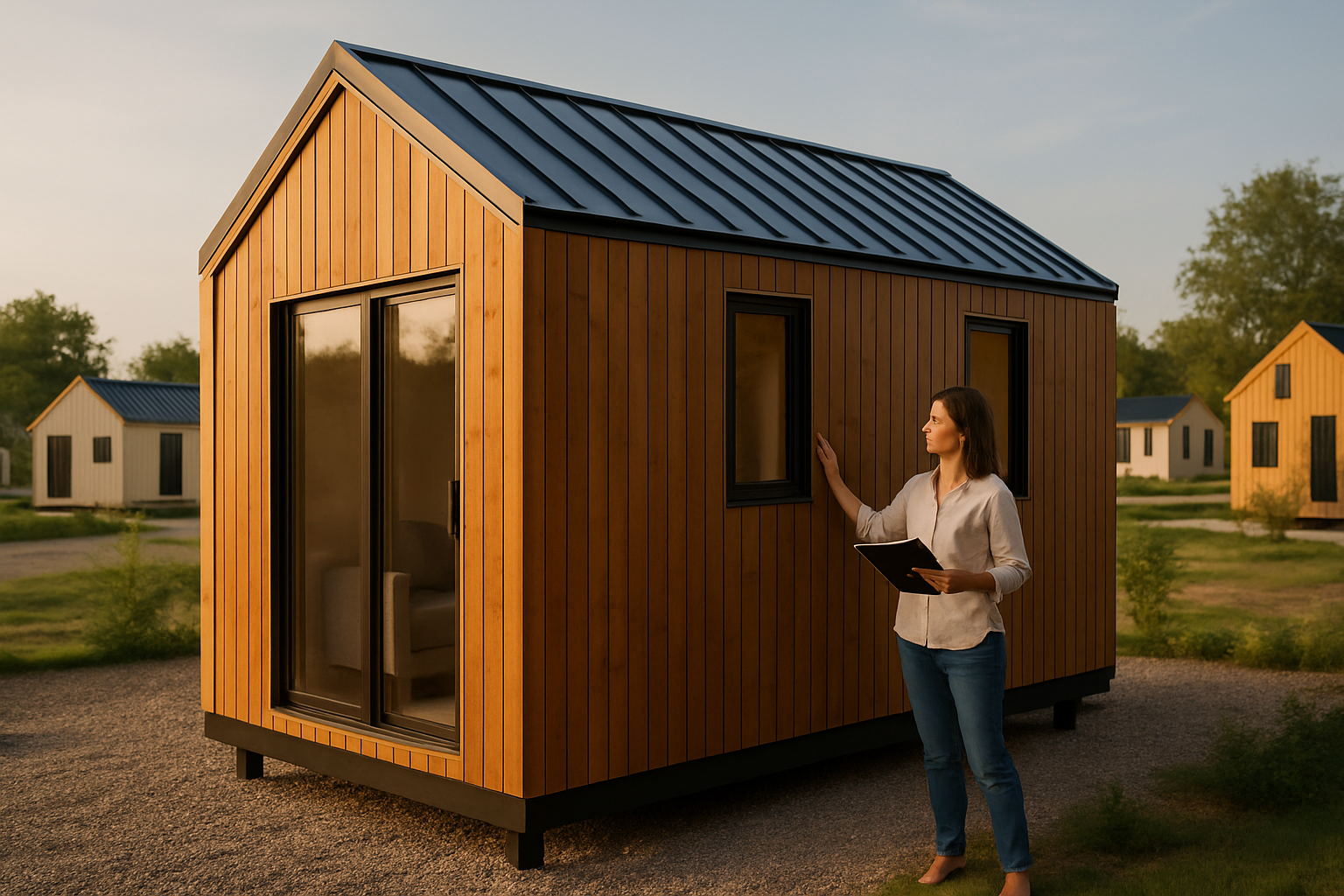Understanding the Booming Market of Tiny Homes: A Comprehensive Guide
The real estate market is a rapidly evolving entity, frequently offering new and interesting trends. One such trend that has gained considerable traction in recent years is the tiny home movement. With economic pressures and a growing desire for simplified living, many are downsizing, choosing minimalistic yet functional residences. In this article, we will delve into the tiny home market, discussing its origins, current trends, and potential implications for buyers, sellers, and investors.

A Brief History of the Tiny Home Movement
The tiny home movement is not as new as it might seem. The concept of living in small, efficient spaces can be traced back to the post-World War II era. However, the movement gained significant momentum following the 2008 financial crisis as people sought affordable housing alternatives. As the cost of living continued to rise, the appeal of tiny homes—typically measuring between 100 and 400 square feet—grew.
The Current State of the Tiny Home Market
Today, the tiny home market is thriving, driven by a diverse demographic. Young professionals, retirees, and those seeking a more sustainable lifestyle are all drawn to the tiny home lifestyle. According to a recent survey, the tiny home market is set to grow by 7% annually over the next five years, demonstrating its increasing acceptance and popularity.
Advantages and Challenges of Tiny Living
Tiny homes offer numerous benefits, including lower costs, reduced environmental impact, and the freedom of mobility for certain models. However, they also present challenges. Zoning laws can be restrictive, and the small space may not be suitable for everyone, particularly larger families or those with certain hobbies or professions.
Impact on Buyers, Sellers, and Investors
For buyers, tiny homes present an affordable entry point into homeownership. Sellers, particularly those specializing in custom-built tiny homes, have tapped into a niche market with significant growth potential. Investors, too, can leverage this trend by investing in tiny home communities or rental properties.
The Future of the Tiny Home Movement
As societal trends lean towards minimalism and sustainability, and as the economic landscape continues to pressure traditional homeownership, the tiny home movement is poised for ongoing growth. Yet, its widespread adoption hinges on changes in zoning laws and shifts in societal perceptions of successful living.
In conclusion, the tiny home market provides an intriguing case study of the real estate industry’s adaptability. As this trend continues, it may transform housing norms and offer significant opportunities for those willing to think small.





